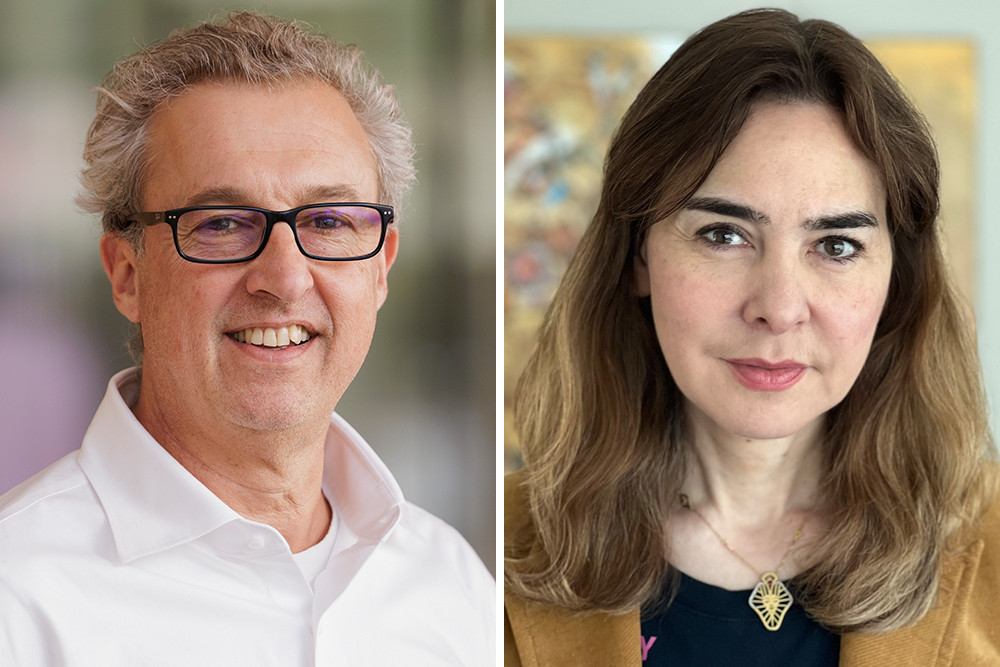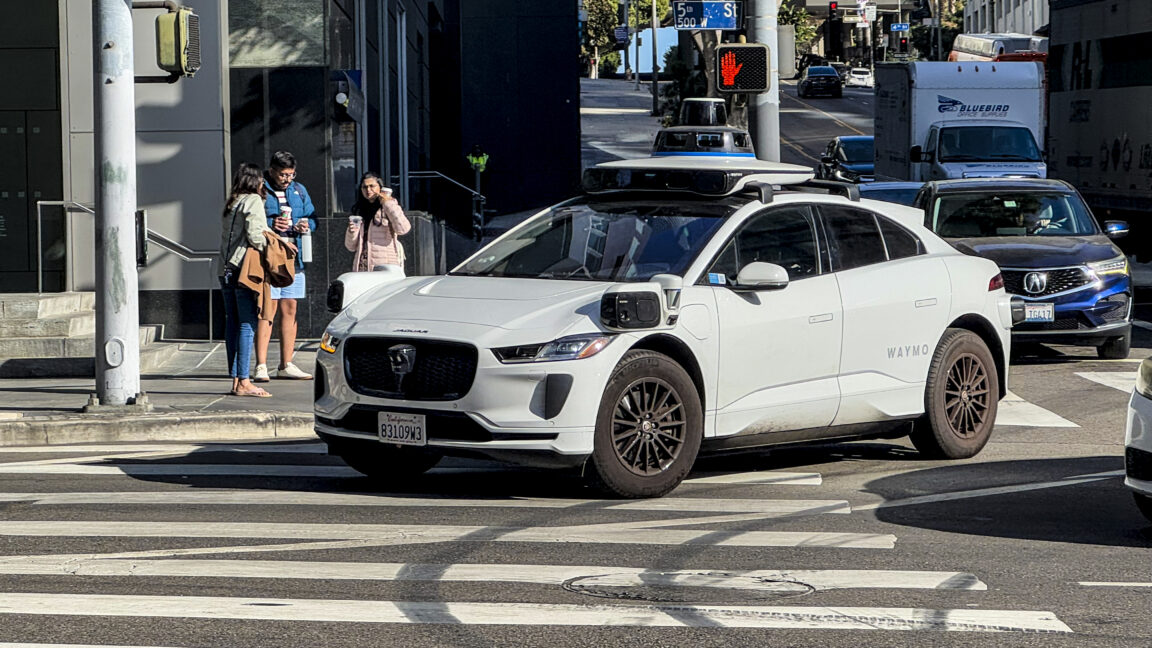Introduction to AI in Healthcare
The wait for medical test results can be a nerve-wracking experience, filled with worry and uncertainty. But what if that wait could be significantly reduced, from weeks to just a few minutes? This is the promise of new AI tools being fast-tracked by the Medicines and Healthcare products Regulatory Agency (MHRA) as part of its ‘AI Airlock’ programme.
How AI Airlock Works
The AI Airlock initiative provides a secure, controlled environment for manufacturers to test sophisticated AI systems. This “regulatory sandbox” allows for the evaluation of the AI’s effectiveness and limitations, helping to forge a clear path towards eventual regulatory approval and deployment within the health service. The programme is designed to tackle some of healthcare’s most pressing challenges, including the early detection of skin cancer, genetic eye diseases, and bowel cancer.
Innovations Being Trialled
The seven selected technologies include AI-powered clinical note-taking to reduce administrative burdens on doctors, advanced cancer diagnostics, sophisticated eye disease detection, and tools that can summarise a patient’s entire hospital stay or interpret complex blood tests. The ultimate goal is to use AI to support clinicians, helping them to make faster and better-informed care decisions for their patients.
Pioneering a Path for Safe AI Healthcare Innovation
The evolution of AI presents unique challenges for regulators tasked with ensuring patient care safety. The MHRA is pioneering solutions to these challenges by creating a dedicated regulatory environment, or ‘sandbox’, specifically for AI medical devices. This approach allows for close collaboration between innovators and regulators, ensuring that new technologies are safe, effective, and worthy of patient trust.
A Clinician’s Perspective
For frontline medical staff, the promise of AI is coupled with a healthy dose of caution. Sir Andrew Goddard, Chairman of the AI Airlock Governance Board and a Consultant Gastroenterologist, emphasised the programme’s role in building trust. “Many clinicians, like myself, are keen to see AI find its place in the NHS, but are worried by over-promise on results and lack of reassurance with regards to patient safety,” explained Sir Goddard. “This programme goes a long way to embedding safety and rapid development of these new technologies in our health service.”
Conclusion
The AI Airlock programme is a significant step forward in the development of AI healthcare innovation. By bringing innovators and regulators together at an early stage, the programme will help to deliver the next wave of medical technology to improve patient care, while ensuring that new technologies are safe, reliable, and worthy of patient trust. As the healthcare sector continues to evolve, it is likely that AI will play an increasingly important role in shaping the future of patient care.
FAQs
- What is the AI Airlock programme?
The AI Airlock programme is a regulatory sandbox initiative designed to test and evaluate new AI healthcare technologies in a secure, controlled environment. - What are the benefits of the AI Airlock programme?
The programme aims to reduce the time it takes for medical test results, improve patient care, and ensure that new AI technologies are safe and effective. - How does the AI Airlock programme work?
The programme provides a collaborative environment for innovators and regulators to work together, testing and evaluating new AI technologies and forging a clear path towards regulatory approval and deployment. - What kind of technologies are being trialled as part of the AI Airlock programme?
The programme is trialling a range of AI-powered technologies, including clinical note-taking, advanced cancer diagnostics, and sophisticated eye disease detection. - Who is involved in the AI Airlock programme?
The programme involves a range of stakeholders, including innovators, regulators, clinicians, and patient advocates, all working together to ensure that new AI technologies are safe, effective, and worthy of patient trust.











